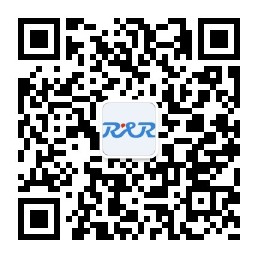1) Introduction 1.1 Scope Impulse Radio Ultra-Wideband (IR-UWB) systems have received significant media attention throughout 2019. This is due to announcements from high profile companies that they are either investing in, or have already released this technology in their new products. Some examples of this are Apple’s iPhone 11 and the Car Connectivity Consortium press release.1 In this paper we provide an overview of this technology and illustrate one of the most popular usecases, seamless access, in more detail.
1.2 A Brief History
UWB stands for ultra-wideband and this general term applies to any radio communication system that employs a wide bandwidth, typically defined as either a 10 dB bandwidth greater than 20% of the center frequency or greater than 500 MHz in absolute terms [Itur06]. Most of the recent research and work in this field relates to IR-UWB systems in particular, meaning systems that employ very short duration / high bandwidth pulses for their communication. This paper primarily refers to such systems, so the term UWB is often used synonymously with IR-UWB, even if not explicitly stated.
UWB systems are not new. Rather, they are the oldest form of radio communication.In 1887 Heinrich Hertz built the first experimental spark-gap transmitter to prove Maxwell’s prediction of electromagnetic waves [Huur03]. Guglielmo Marconi later used impulse transmissions in his telegraph systems, including the famous transatlantic transmissions in 1901.
Approximately fifty years after Marconi’s inventions, impulse radio transmissions gained some traction in radar applications, primarily for military purposes [Neko05].
In the early 1990s Robert Scholtz and Moe Win started to collaborate at the University of Southern California, providing the basis for UWB wireless networks. They were the first to demonstrate superiority of UWB in multipath environments due to its resilience to fading and interference.2
As interest in the commercialization of UWB increased, an extensive study was conducted by the U.S. Federal Communications Commission (FCC), which led to the authorization of the commercial use of UWB for selected applications in February 2002 [Neko05]. The amount of bandwidth for development of commercial UWB technology was unprecedented and represents the widest band available for license free radio use today (7.5 GHz of useable spectrum bandwidth). The radiated power of such systems was strictly limited to prevent interference with other technologies.
1.3 Standardization
In addition to regulatory bodies such as the FCC and ETSI, other standard setting organizations like the Institute of Electrical and Electronics Engineers (IEEE) became involved in UWB systems early on.
Early commercial UWB efforts were focused on high data rate communications, using Orthogonal Frequency-Division Multiplexing (OFDM) and Direct Sequence Spread Spectrum (DSSS). Only later did the focus shift to ranging and geolocation, and in 2004 the IEEE established the 802.15.4a task group to develop a standard for such applications including an associated UWB physical layer (PHY). An updated version of this PHY is included in [Ieee15]. The IEEE is currently developing a security extension for IR-UWB systems in the form of the 802.15.4z amendment, thereby further improving the current specification in multiple aspects, some of which we will discuss in this paper.
Building on this standardization activity, other bodies, such as the FiRa Consortium, have taken the IEEE 802.15.4 PHY and MAC specifications as the basis for further extensions. These include the specification of an application layer and service-specific protocols to support a variety of vertical market applications, thus creating standards for end-to-end, interoperable UWB systems.
